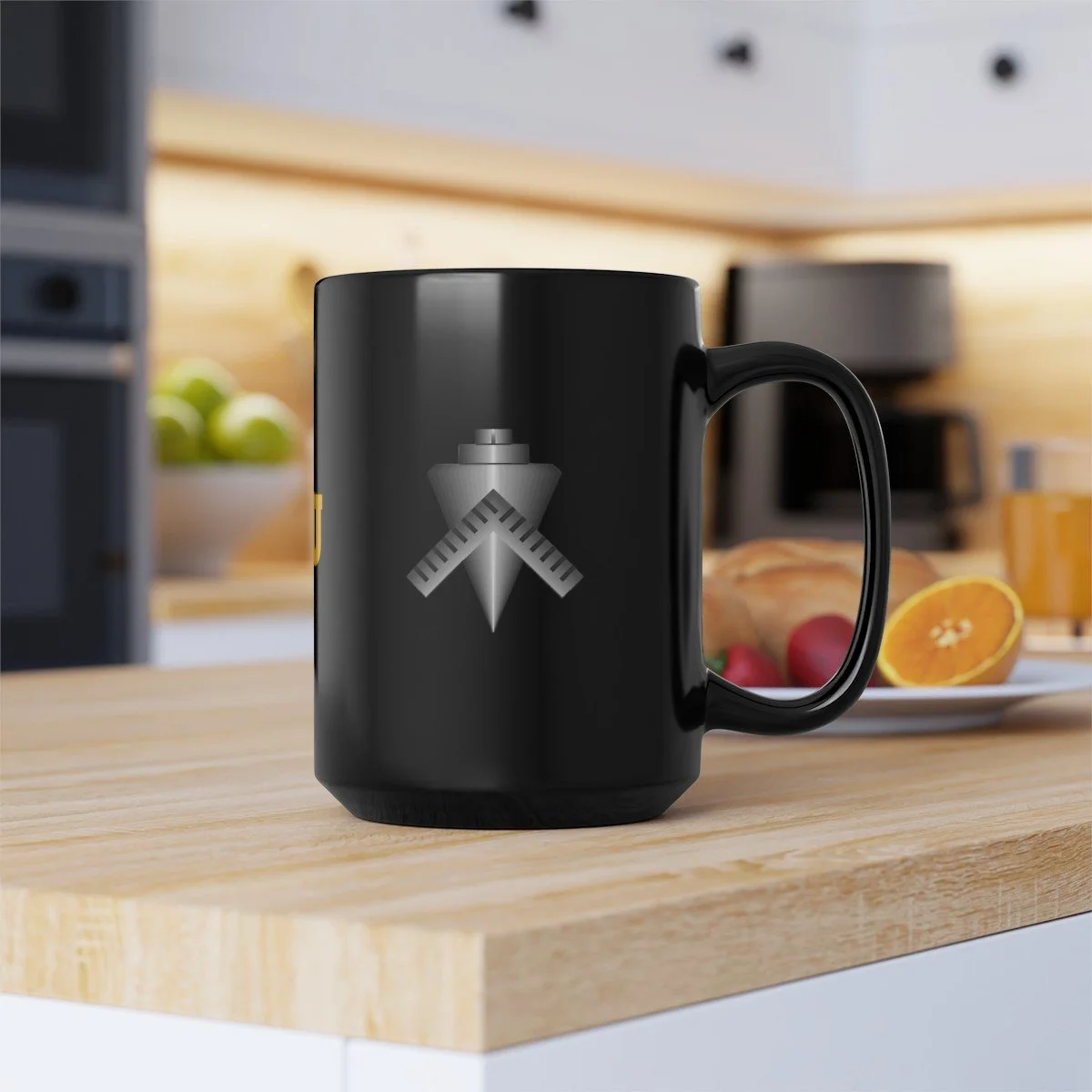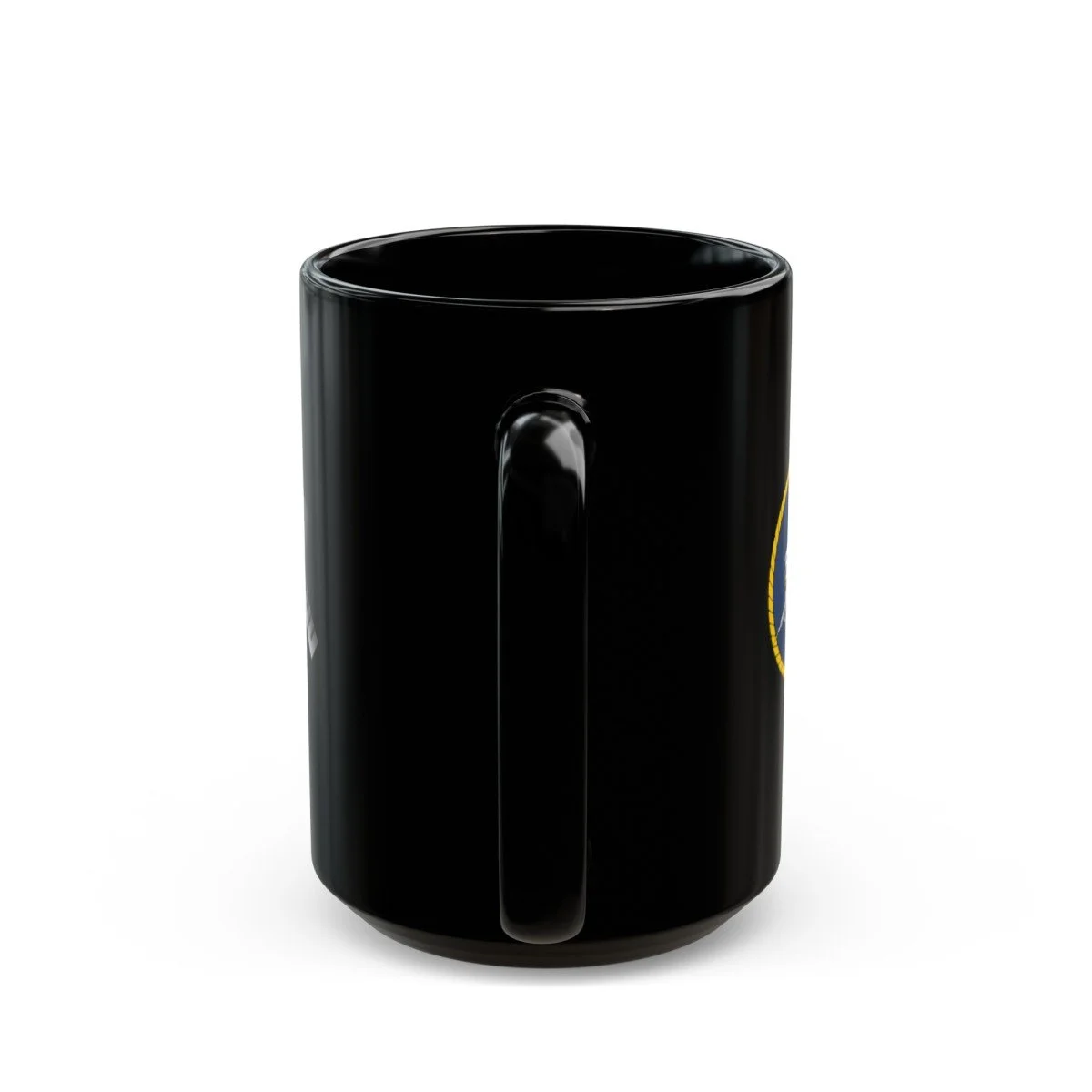 Image 1 of 4
Image 1 of 4

 Image 2 of 4
Image 2 of 4

 Image 3 of 4
Image 3 of 4

 Image 4 of 4
Image 4 of 4





Seabee Builder (BU) Rate / Seabee Logo 15 oz Glossy Black Ceramic Coffee Mug
Sip your coffee proudly from your Seabee Builder (BU) 15 oz Mug. It also sports the Seabee logo. It’s BPA and lead-free, microwave and dishwasher-safe, and made of black durable ceramic.
History the Seabee Builders (BU)
In 1948, the Navy established the Builder (BU) rating, evolving from the original Carpenter's Mate rating created in 1794. The Builder rating, identified by the Navy Enlisted Manning Code (EMC) H100, forms the largest part of the Naval Construction Force, the SeaBees. Navy Builders are skilled in various construction disciplines, including carpentry, plastering, roofing, concrete finishing, masonry, painting, bricklaying, and cabinet making. There are significant opportunities for qualified candidates in this rating, which requires a 5-year enlistment and includes a 14-week class "A" school in Gulfport, Mississippi. Navy Builders are responsible for building and repairing structures made of wood, masonry, concrete, and steel, as well as installing interior finishes like drywall, paneling, ceramic tiles, and flooring. Their skills extend to operating carpentry and cabinet-making shops, repairing tools and equipment, constructing concrete forms, and handling concrete mixing and finishing. Additionally, they work on constructing wharves, bridges, and heavy timber structures. Builders are also proficient in reading and interpreting blueprints, preparing project sketches, and estimating the requirements for materials, labor, and equipment.
Sip your coffee proudly from your Seabee Builder (BU) 15 oz Mug. It also sports the Seabee logo. It’s BPA and lead-free, microwave and dishwasher-safe, and made of black durable ceramic.
History the Seabee Builders (BU)
In 1948, the Navy established the Builder (BU) rating, evolving from the original Carpenter's Mate rating created in 1794. The Builder rating, identified by the Navy Enlisted Manning Code (EMC) H100, forms the largest part of the Naval Construction Force, the SeaBees. Navy Builders are skilled in various construction disciplines, including carpentry, plastering, roofing, concrete finishing, masonry, painting, bricklaying, and cabinet making. There are significant opportunities for qualified candidates in this rating, which requires a 5-year enlistment and includes a 14-week class "A" school in Gulfport, Mississippi. Navy Builders are responsible for building and repairing structures made of wood, masonry, concrete, and steel, as well as installing interior finishes like drywall, paneling, ceramic tiles, and flooring. Their skills extend to operating carpentry and cabinet-making shops, repairing tools and equipment, constructing concrete forms, and handling concrete mixing and finishing. Additionally, they work on constructing wharves, bridges, and heavy timber structures. Builders are also proficient in reading and interpreting blueprints, preparing project sketches, and estimating the requirements for materials, labor, and equipment.
